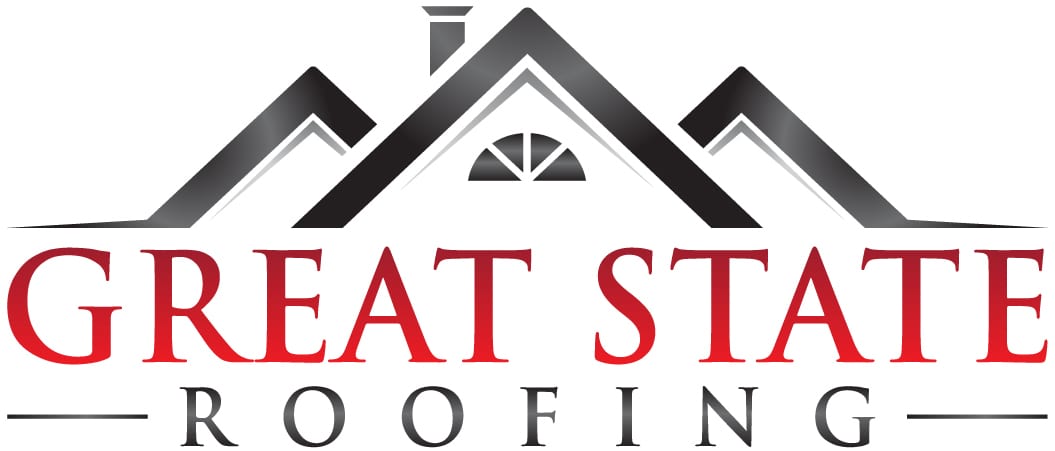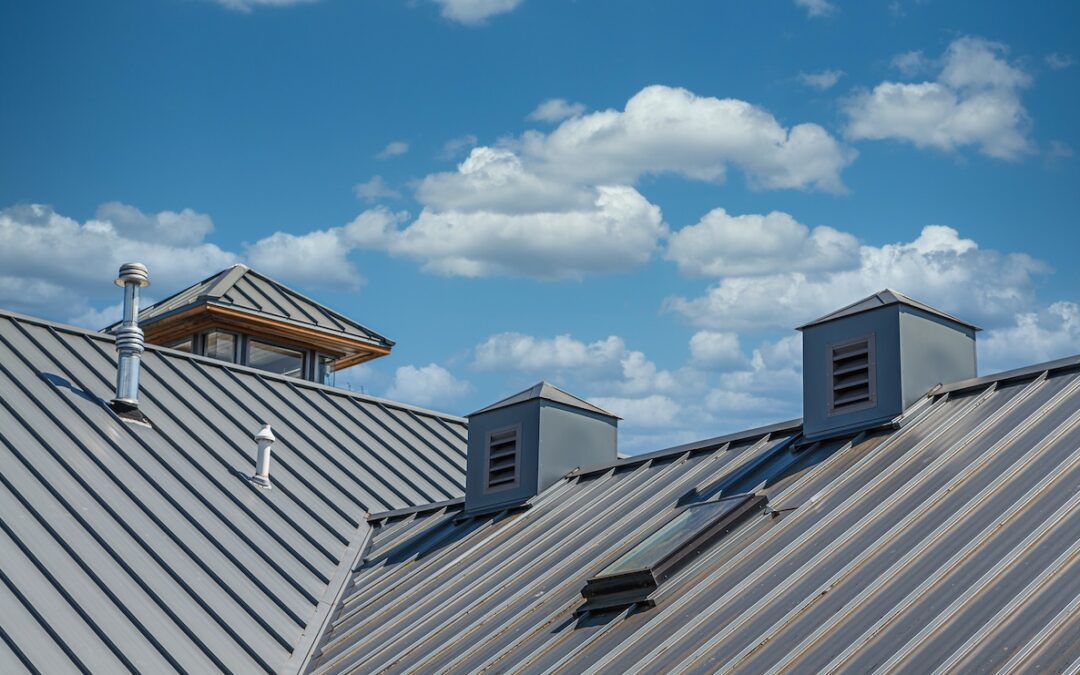Switching to a metal roof is an investment that more homeowners are considering as they prioritize durability, energy efficiency, and aesthetics. But one of the first questions you’re likely asking is, “What’s the cost?” Whether you’re replacing an old roof or building a new home, understanding the factors that influence metal roof cost can help you plan your budget more effectively. Here’s what this guide covers:
- Why metal roofing is worth the investment
- Factors that affect metal roof cost
- Long-term savings and benefits of metal roofing
🤔 Why Metal Roofs Are Worth the Investment
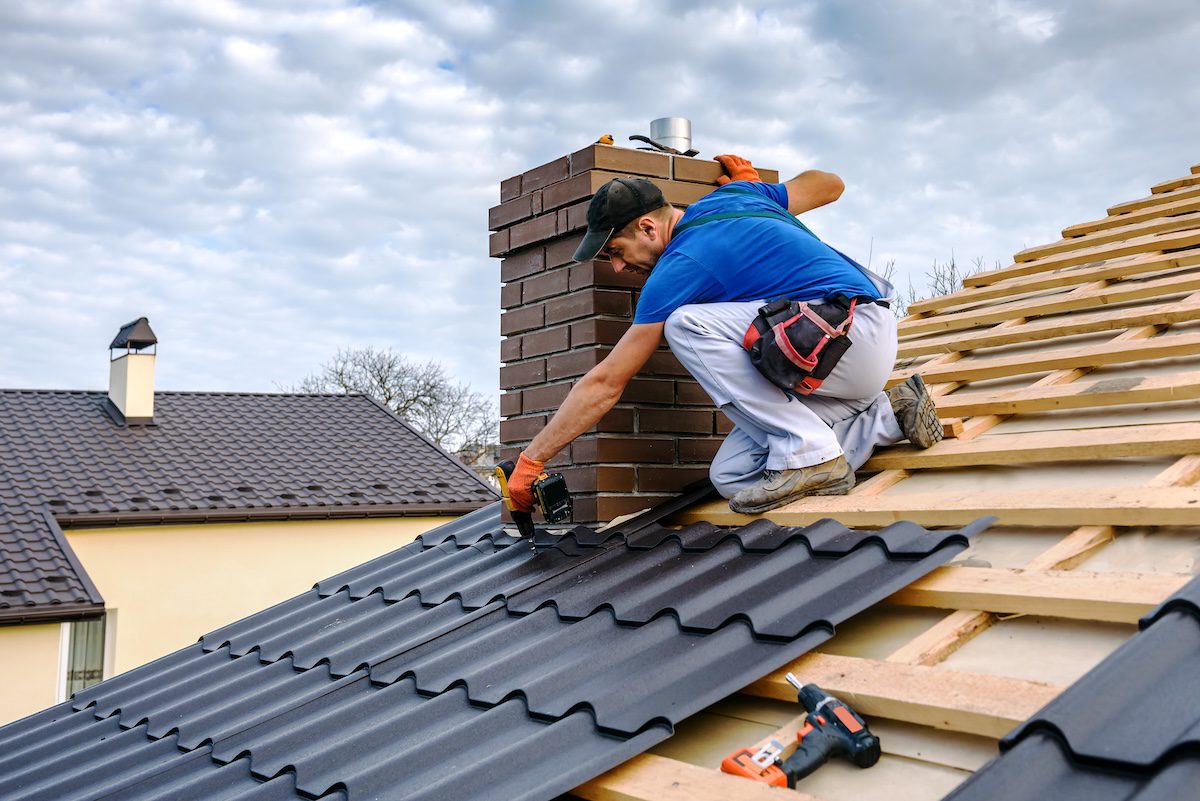
Metal roofs are becoming increasingly popular among homeowners, and for good reason. Their durability is unmatched, with lifespans ranging from 40 to 70 years depending on the material—far outlasting traditional asphalt shingles. Additionally, metal roofs are highly energy-efficient, thanks to reflective coatings and finishes that help reduce cooling costs in warm climates.
Beyond functionality, metal roofs offer impressive aesthetic appeal. They come in a wide range of styles, colors, and finishes to suit any home design. They’re also environmentally friendly, often made from recycled materials and fully recyclable at the end of their lifespan, making them a sustainable choice for eco-conscious homeowners.
Typical Cost Range for Installing a Metal Roof
On average, the cost of installing a metal roof ranges from $7,000 to $20,000, depending on factors like material, labor, and roof size. Here’s a quick breakdown of common materials and their estimated costs per square foot:
- Standing Seam Metal Roof: $7–$12 per square foot
- Aluminum Roofing: $9–$15 per square foot
- Steel Roofing: $5–$12 per square foot
- Copper Roofing: $14–$25 per square foot (a premium option)
💰 6 Factors That Affect Metal Roof Cost
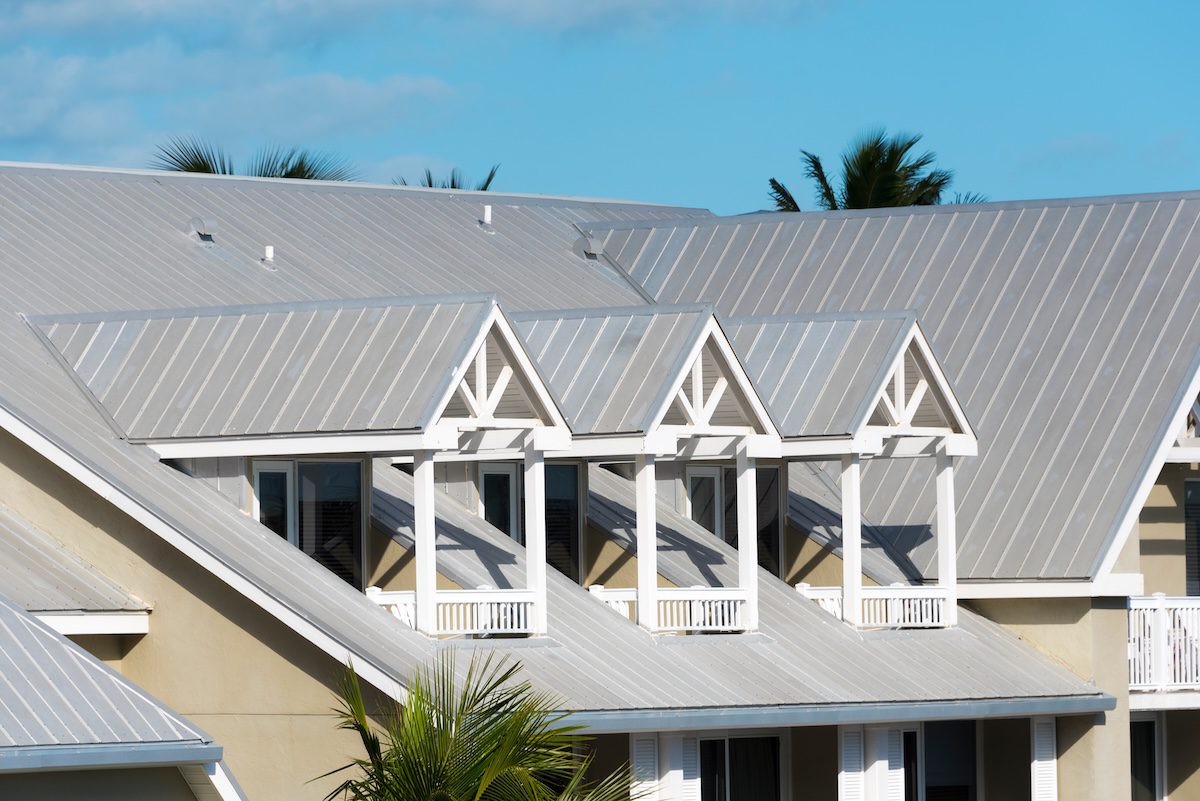
The cost of a metal roof isn’t one-size-fits-all. Here are the key factors influencing the final price:
1. Material Type
The type of material you choose for your roof plays a key role in determining cost, durability, and overall performance. Steel is a cost-effective choice that offers durability and is suitable for most climates, making it a versatile option. Aluminum, on the other hand, is lightweight and resistant to corrosion, which makes it an excellent choice for homes in coastal areas where salty air can be a concern. For those looking for a premium, luxurious option, copper is a high-end material that combines superior longevity with an elegant appearance. Each material comes with its own benefits and cost considerations, so it’s important to choose one that aligns with your budget and location.
2. Roof Size and Complexity
The size and complexity of your roof significantly impact the overall cost of the project. Larger roofs naturally require more materials and labor, which increases expenses. Additionally, roofs with intricate designs, steep slopes, or multiple levels add to the complexity of the installation process. These factors often require specialized customization and more time for installation, which can drive up costs further. When planning your project, it’s essential to account for how the size and design of your roof will influence both material and labor costs.
3. Installation Costs
The cost of installing a roof is heavily influenced by labor rates, which vary depending on your location. Professional installation is an important investment because it ensures the roof is installed correctly, offering a high-quality finish and long-lasting performance. Skilled installers have the expertise to handle challenges such as complex roof designs or material-specific techniques, which guarantees both functionality and durability. While professional installation may add to the initial cost, it provides peace of mind and minimizes the likelihood of future repairs or issues.
4. Roof Add-Ons
Additional features for your roof can enhance its functionality and aesthetic appeal but often come with increased costs. For instance, installing solar panels can help reduce energy costs in the long run, while skylights bring in natural light and improve the interior ambiance of your home. Custom paint finishes allow you to personalize the look of your roof, adding a unique touch. Other potential costs may include replacing the underlayment, which provides an extra layer of protection beneath the roof, or upgrading insulation to improve energy efficiency. These add-ons can significantly enhance the value and performance of your roof but require careful budgeting.
5. Location and Accessibility
Where your home is located and how accessible the roof is can have a major impact on the overall cost of your roofing project. Regional variations in material pricing, labor rates, and local building codes all play a role in determining expenses. Homes in remote or hard-to-reach areas may incur additional transportation and labor costs, as delivering materials and hiring skilled workers can pose logistical challenges. Accessibility issues, such as tight spaces or obstacles around the property, can also make the installation process more time-consuming and costly. Considering these factors is important when estimating your project budget.
6. Coatings and Finishes
Adding coatings or finishes to your roof can enhance its energy efficiency, durability, and aesthetic appeal, but these upgrades often come at an additional cost. Reflective coatings are particularly popular in areas with hot climates, as they help reduce heat absorption and lower cooling costs. Specialty finishes can give your roof a unique style while providing extra protection against the elements. Investing in these options can improve the overall performance and lifespan of your roof, making them a worthwhile consideration despite the added expense.
👉 Long-Term Savings and Benefits of Metal Roofing
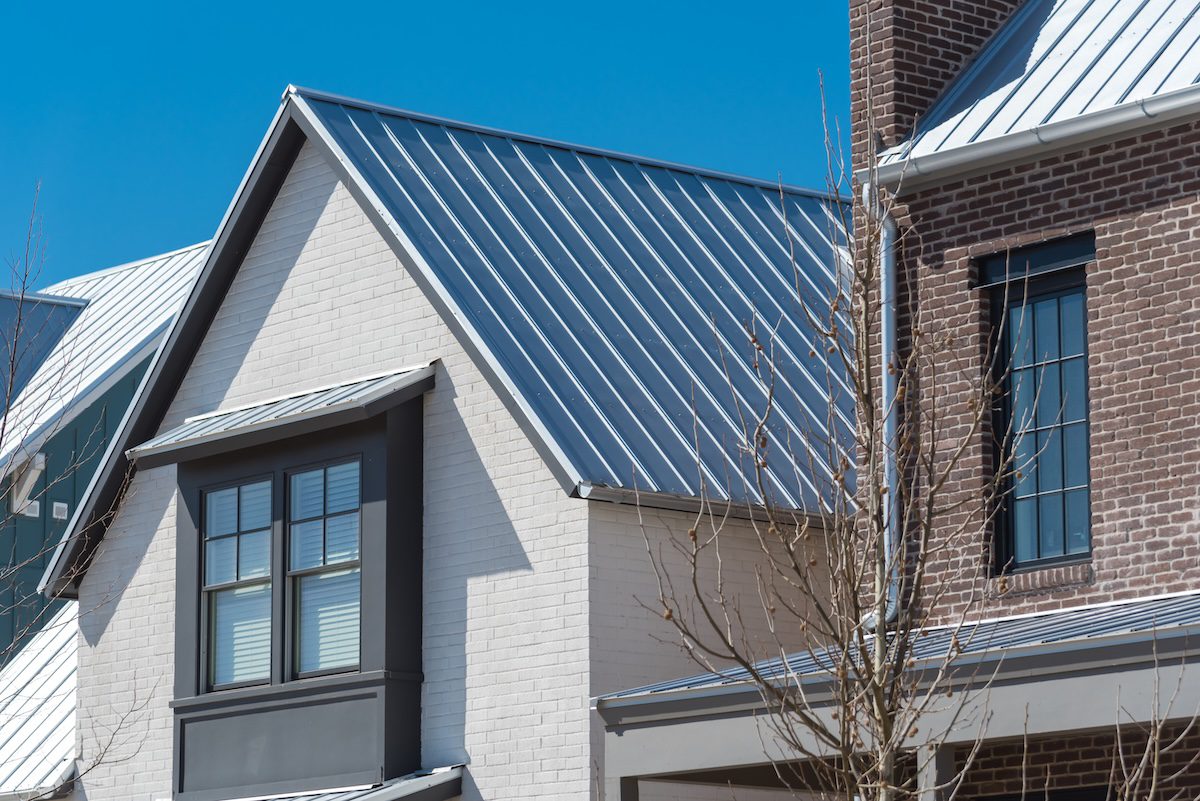
While the upfront cost of metal roofing may seem high, you’re likely to reap significant benefits that can save you money in the long run:
Energy Savings
Metal roofs with reflective coatings are designed to minimize heat absorption by reflecting sunlight away from your home. This feature significantly reduces the workload on your air conditioning system, especially during the hotter months. Homeowners can see a noticeable reduction in cooling costs, with potential savings of up to 25% on energy bills. By keeping your home cooler naturally, metal roofs not only save money but also help create a more energy-efficient and environmentally friendly property.
Lower Maintenance Costs
Traditional roofing materials like asphalt shingles are prone to cracking, warping, and absorbing moisture, leading to frequent repairs or replacements. In contrast, metal roofs are highly durable and resistant to these common issues, making them far less prone to damage. They can withstand harsh weather conditions like heavy rain, snow, and strong winds without losing their integrity. With minimal routine maintenance required—such as occasional cleaning or inspections—homeowners save both time and money over the lifespan of their roof, freeing them from the hassles of constant upkeep.
Extended Lifespan
One of the major advantages of metal roofs is their incredible longevity. While asphalt shingles typically need replacement every 15–20 years, metal roofs can last up to 70 years or more with proper care. This means fewer replacements, less waste, and far lower long-term costs. The robust materials used in metal roofs, such as aluminum, steel, or copper, are built to endure decades of wear and tear, including extreme weather events. Investing in a metal roof ensures peace of mind and a roofing solution that truly stands the test of time.
Increase in Home Value
A metal roof is more than just a practical choice—it’s also a smart investment for your property. Considered a premium feature, a metal roof can boost your property value and make your home more attractive to potential buyers. Its durability, energy efficiency, and low maintenance appeal to buyers who prioritize long-term savings and environmental benefits. If you decide to sell your home in the future, a metal roof can set it apart in the market, providing you with a competitive edge and potentially higher resale value.
💸 Metal Roof Cost
In conclusion, investing in a metal roof is a smart choice for durability, energy efficiency, and long-term value. At Great State Roofing, we’re committed to providing top-notch metal roofing solutions tailored to your home and budget. With our experienced professionals, high-quality materials, and transparent pricing, you can trust us to handle your roofing project with care and precision. Ready to get started? Contact Great State Roofing today for a FREE QUOTE and let us help you upgrade your home with a roof that lasts!
